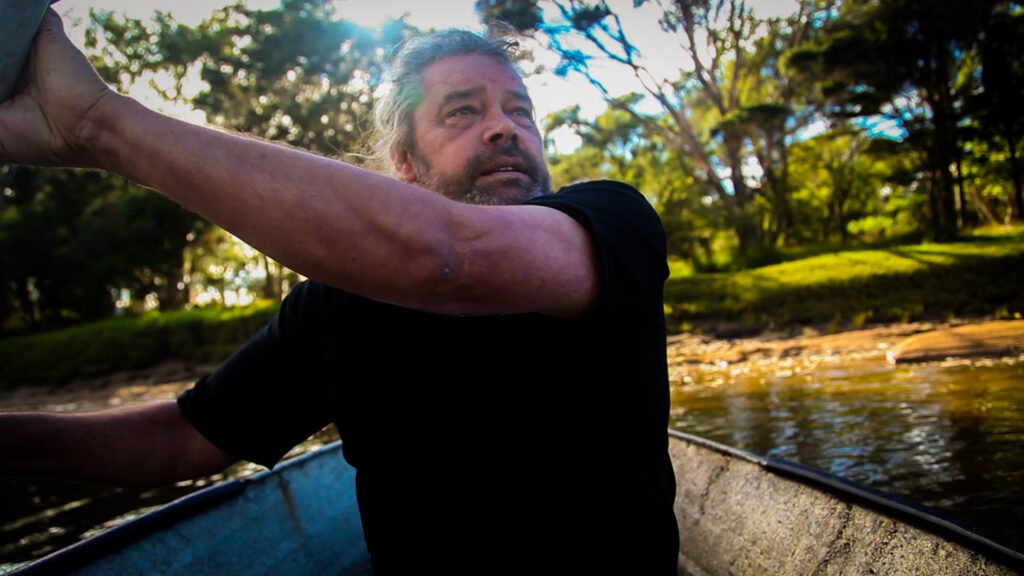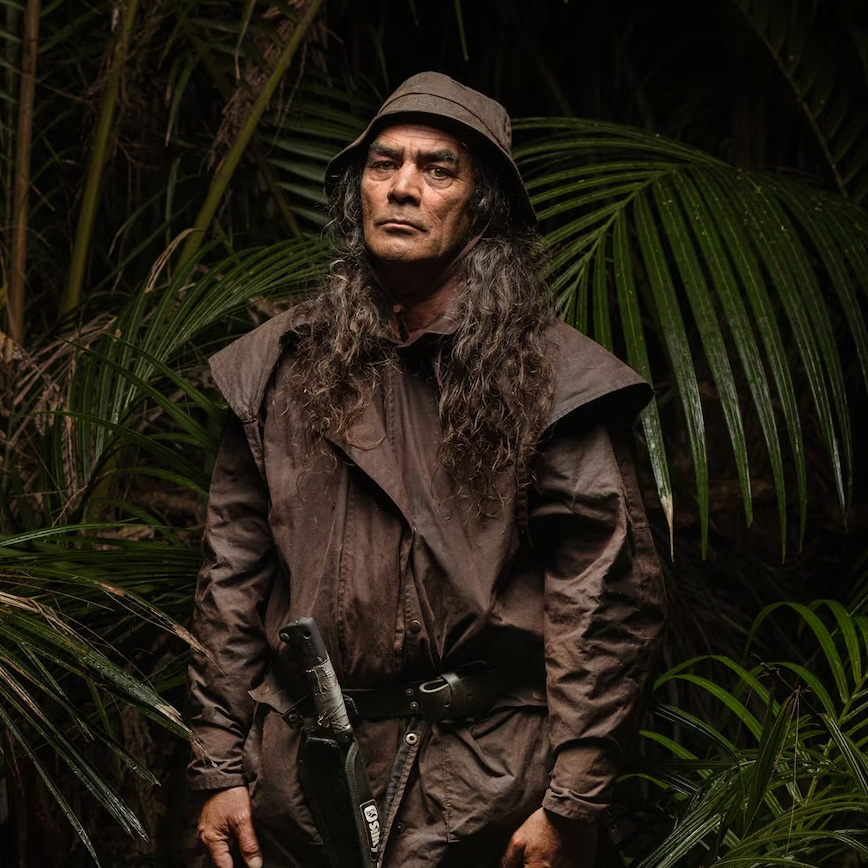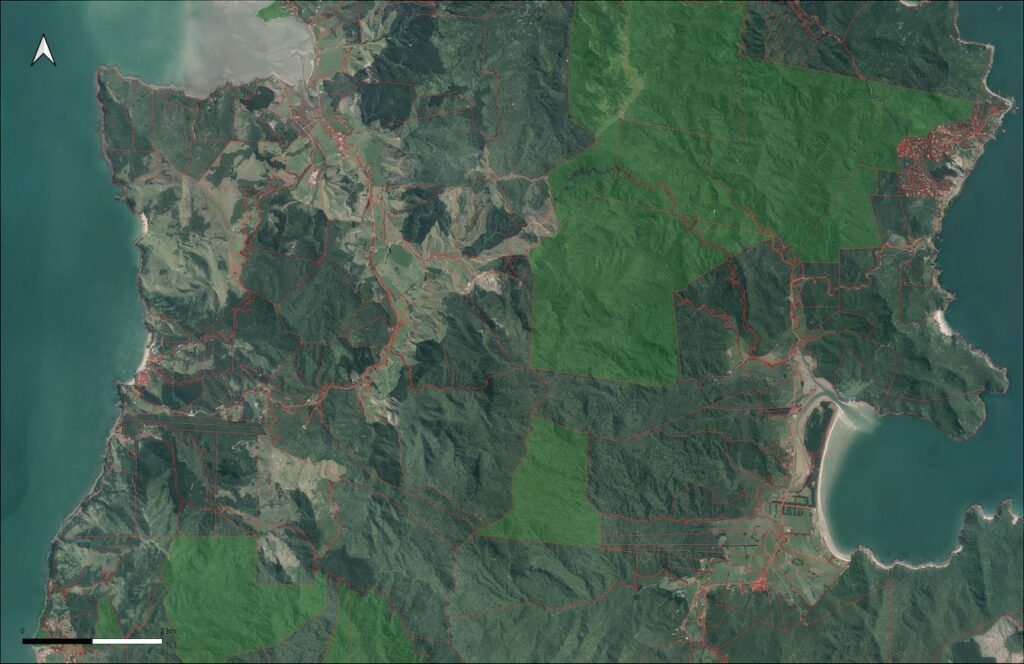Te Ranga Wairua envisions using multi-species self-resetting traps with new automated, cloud-based network status and monitoring that minimize labour requirements and optimize trap placement and maintenance. The AT220 trap, developed in Whakatāne by NZ AutoTraps, has already proven its ability to control possum and rat populations without the use of toxins and with less frequent servicing and maintenance than manually set traps. Deployed in a network designed to target possums, these traps are uniquely capable of providing this function even in the presence of interference by rats.
Utilizing automated communications and web-based tools to be developed by NZ AutoTraps, project managers will be able to monitor the network as a whole, targeting human resources to specific servicing and maintenance requirements. The same tools will feed de facto standard conservation websites where pest removal (kill) statistics will be observable in a familiar and intuitive fashion. This method allows the efficacy of the virtual barrier – the trap network – to be continually monitored, thus exposing any weaknesses and allowing timely remedial response. He waka eka noa. The high biodiversity values, linkages for species migration from mountains through lowland forests and further to the sea, the eagerness of landowners to participate in this project, and the wider support for this vision together create a unique and achievable opportunity for innovative landscape-scale conservation. This project will showcase a thriving and resilient place for nature and people through collaborations of mana whenua, the Department of Conservation, and landowners. It will be a world-first, demonstrating the creative application of emerging pest control technology to achieve conservation goals previously unattainable without the use of toxins.
An intensive, landscape-scale pest animal suppression operation will be initiated and maintained focused initially on possums, mustelids (stoats, ferrets and weasels) and rodents (primarily ship rats). Trained local people will be employed to maintain trapping and monitoring regimes using best practice tools and techniques. We are proposing to achieve our targets without using 1080. We will build on existing infrastructure and current projects, progressively improving and expanding using a phased approach. In addition to providing a coast-to-coast buffer to pest migration we can also expect to contribute to even more ambitious goals including perhaps a Predator Free Hauraki-Coromandel.
We will take a science-based approach, including integrating matauranga Māori to guide our decisions. We will monitor not only pest animal populations as we proceed, but also ecological parameters such as bird diversity and forest condition to measure progress towards our objectives. We can look forward to re-introducing lost species such as titi (nesting seabirds), tieke, kokako and tuatara as part of the restoration process



